Nitrate and nitrite
East Fork SUD
Nitrate and nitrite enter water from fertilizer runoff, septic tanks and urban runoff. These contaminants can cause oxygen deprivation for infants and increase the risk of cancer. Nitrite is significantly more toxic than nitrate. Click here to read more about nitrate.
4
Samples
0
Samples exceeding legal limit (MCL)
4
Samples exceeding
health guidelines
Testing results - average by year
| Year | Average result | Samples taken | Detections | Range of results |
|---|---|---|---|---|
| 2014 | 1.30 ppm | 2 | 2 | 1.19 ppm - 1.41 ppm |
| 2015 | 1.11 ppm | 2 | 2 | 1.02 ppm - 1.20 ppm |
| 2016 | N/A | 0 | 0 | N/A |
| 2017 | N/A | 0 | 0 | N/A |
| 2018 | N/A | 0 | 0 | N/A |
| 2019 | N/A | 0 | 0 | N/A |
ppm = parts per million
State and national drinking water standards and health guidelines
EWG Health Guideline 0.14 ppm
The health guideline of 0.14 parts per million, or ppm, for nitrate and nitrite is based on the equivalent health guideline for nitrate, as defined in a peer-reviewed scientific study by EWG. This guideline represents a one-in-one-million annual cancer risk level.
EPA Maximum Contaminant
Level (MCL) 10 ppm
ppm = parts per million
All test results
| Date | Lab ID | Result |
|---|---|---|
| 2014-04-14 | Q1411674004 | 1.41 ppm |
| 2014-04-14 | Q1411674001 | 1.19 ppm |
| 2015-01-28 | Q1503338001 | 1.20 ppm |
| 2015-01-28 | Q1503338002 | 1.02 ppm |
